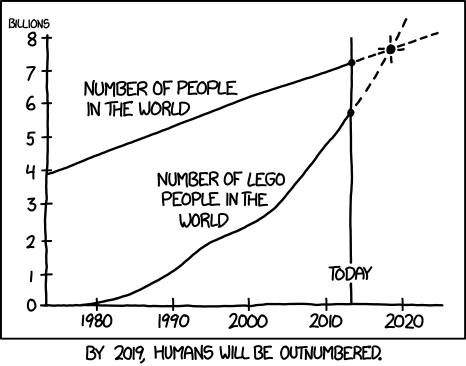 |
| Julie Payette crew on the International Space Station |
Due Wednesday, 1/4/2017
Newton's HW page1
Newton's HW page2
 |
| Julie Payette crew on the International Space Station |
|
 Directions to get your OWN copy of LoggerPro on ANY computer at home
Directions to get your OWN copy of LoggerPro on ANY computer at home| Labs shouldn't make you feel like Beaker. |
 From "nothing nerdy"'s website: IB physics Internal Assessment Guidelines with links to checklists.
From "nothing nerdy"'s website: IB physics Internal Assessment Guidelines with links to checklists. |
| comic by xkcd |
 |
| http://www.tylervigen.com/spurious-correlations more such awesome graphs can be found here. Real data. Real Science... |
 |
| Libby Cross uses some physics to help Cleveland girls soccer win against Franklin. October 2015. photo credit: Jonathan House, Portland Tribune |